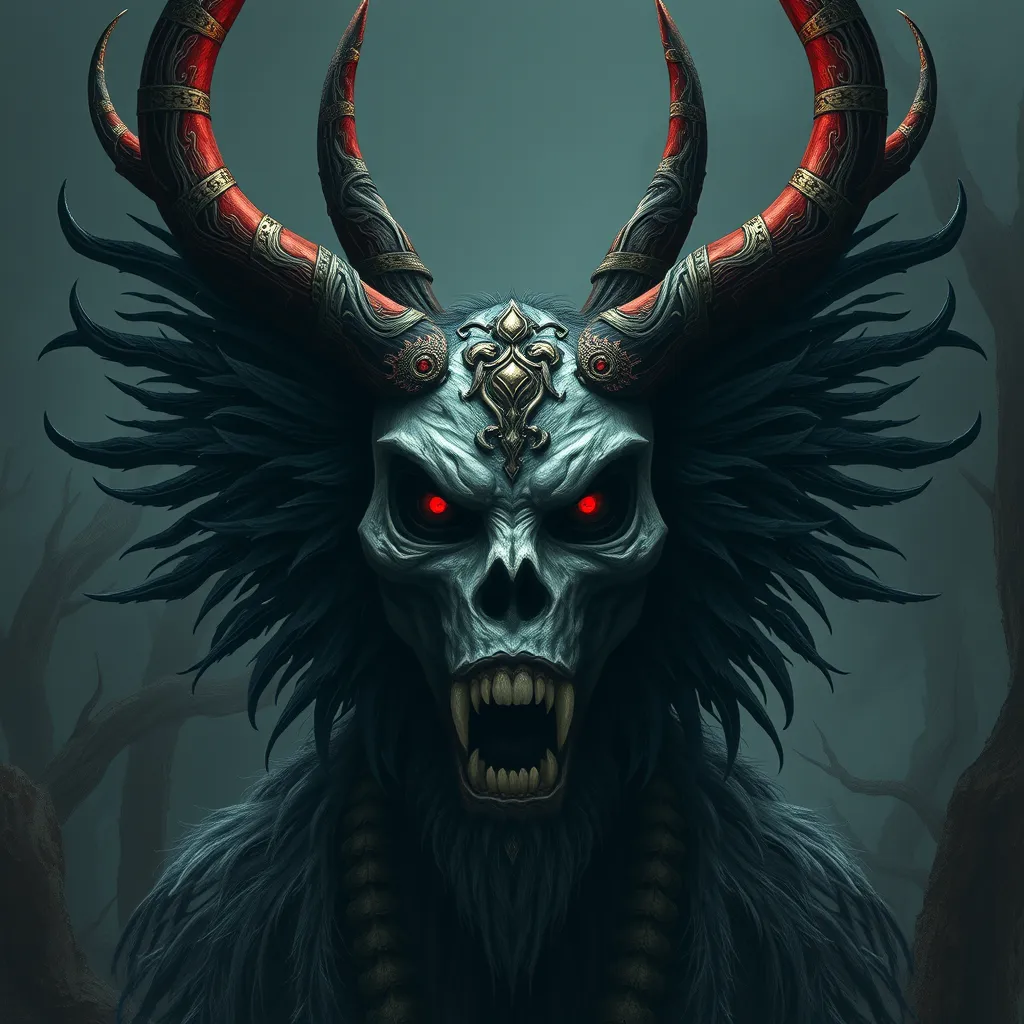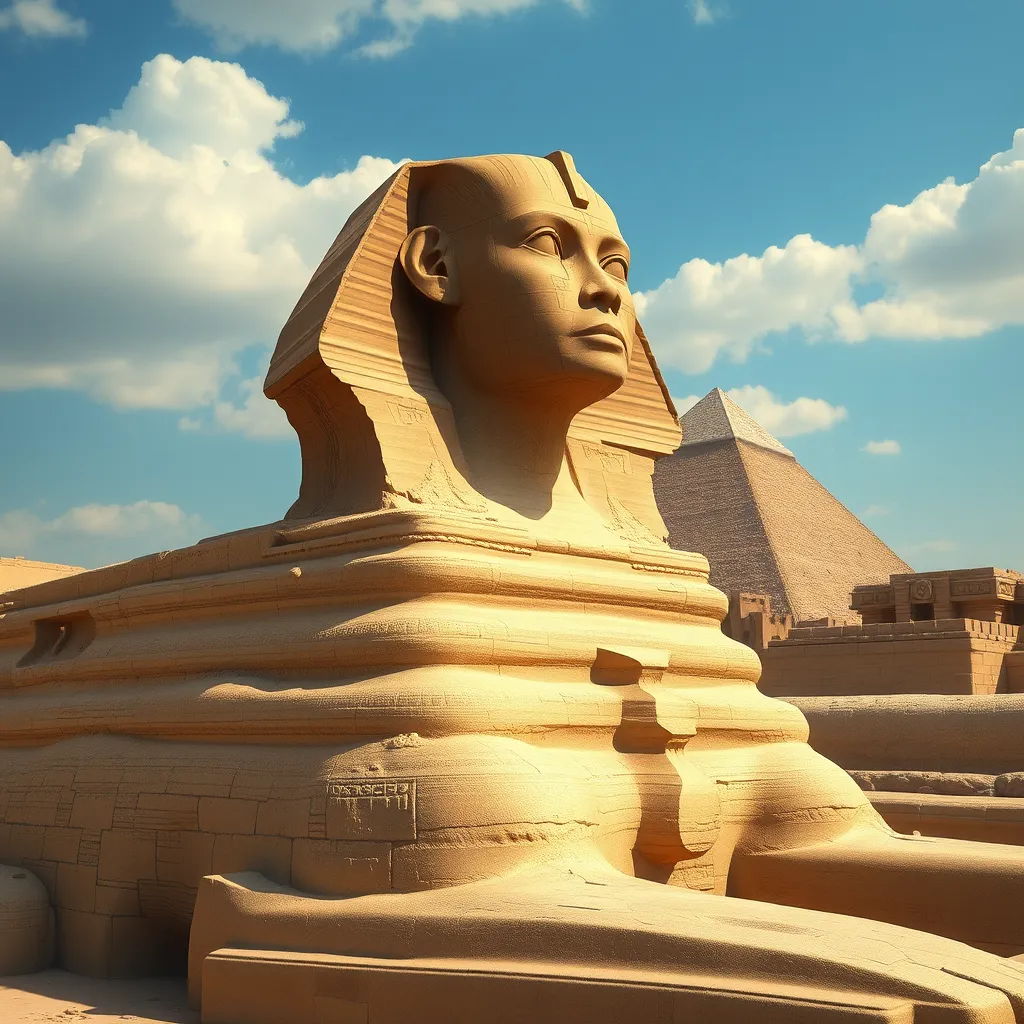Wendigo and the Human Condition: Exploring the Human Side of this Powerful Myth
I. Introduction
The Wendigo is a mythological creature originating from Algonquian folklore, often described as a malevolent spirit associated with winter, hunger, and cannibalism. Traditionally depicted as a gaunt, emaciated figure, it embodies the extremes of human greed and the consequences of unchecked consumption.
Rooted in the cultural and spiritual practices of various Native American tribes, the Wendigo serves as a cautionary figure warning against the dangers of excess and the loss of humanity. This article aims to delve into the Wendigo myth, examining its significance as a reflection of human fears and desires, and how it resonates with the human condition across time and cultures.
II. The Wendigo as a Cultural Symbol
Historically, the Wendigo has held a prominent place in Native American culture, particularly among the Algonquin-speaking peoples. The myth reflects the harsh realities of life in the northern wilderness, where starvation and desperation were common threats.
In many stories, the Wendigo is portrayed as a once-human being transformed by insatiable hunger. This transformation serves as a powerful warning:
- Beware of greed and the desire for more.
- Recognize the importance of community and sharing resources.
- Understand the consequences of succumbing to primal instincts.
The Wendigo’s connection to themes of greed, consumption, and excess remains relevant today, reminding us of the potential dangers of materialism and selfishness.
III. Psychological Interpretations of the Wendigo
From a psychological perspective, the Wendigo can be seen as a manifestation of human fears and anxieties. Its association with cannibalism raises profound questions about identity and morality.
As individuals confront the idea of consuming another human being, they grapple with the fear of losing their humanity. The Wendigo narrative explores these themes through its chilling portrayal of transformation from human to monster, reflecting a deeper psychological struggle:
- The fear of succumbing to base instincts.
- The anxiety surrounding isolation and desperation.
- The struggle between societal norms and primal urges.
Various psychological theories, including Jungian archetypes and existential psychology, can be employed to analyze the Wendigo’s narrative, providing insights into the darker aspects of the human psyche.
IV. The Wendigo in Contemporary Society
In contemporary culture, the Wendigo has been reinterpreted and adapted in literature, film, and other media. These modern interpretations often highlight the metaphorical significance of the Wendigo in addressing social issues.
For instance, the Wendigo has been linked to:
- Addiction: The insatiable hunger for substances mirrors the Wendigo’s unending appetite.
- Mental Illness: The transformation into a Wendigo can symbolize the loss of self in the face of psychological struggles.
- Consumerism: The creature’s excess consumption resonates with modern critiques of consumer culture.
Contemporary narratives often explore these themes through case studies, showcasing how the Wendigo myth continues to evolve while addressing current societal challenges.
V. The Human Condition and the Wendigo’s Lessons
At its core, the Wendigo myth embodies the struggle between survival instincts and moral dilemmas. In times of extreme hunger or isolation, individuals may face choices that challenge their ethics and humanity.
Moreover, the Wendigo serves as a reflection on:
- Isolation: The effects of solitude on the mind and spirit can lead to desperation.
- Desperation: The lengths to which individuals will go to survive can reveal the darker sides of human nature.
The lessons of the Wendigo encourage us to confront these issues and strive for balance between self-preservation and ethical considerations.
VI. Comparative Analysis with Other Mythical Creatures
When examining the Wendigo alongside other mythical creatures, such as vampires and ghouls, intriguing similarities emerge. Each of these figures embodies distinct fears and anxieties within their respective cultural contexts:
- Vampires often symbolize the fear of death and the unknown, drawing on themes of immortality and the loss of self.
- Ghouls represent the fear of decay and the grotesque, highlighting humanity’s anxieties surrounding death and consumption.
Through comparative mythology, we gain insights into how these figures resonate with human fears, reflecting our collective psyche and cultural narratives.
VII. The Role of Nature in the Wendigo Myth
The Wendigo myth is deeply intertwined with the natural world, emphasizing the relationship between humanity and nature. The creature is often depicted as a being that emerges from the wilderness, highlighting the themes of survival and the struggle against the elements.
Nature serves as a powerful backdrop for the human experience, illustrating:
- The beauty and danger of the wilderness.
- The impact of environmental changes on human behavior.
- The need for harmony between humanity and nature.
Understanding the Wendigo’s connection to nature can provide valuable insights into our relationship with the environment and the lessons we can learn from it.
VIII. Conclusion
In conclusion, the Wendigo myth serves as a significant exploration of the human condition, reflecting our fears, desires, and moral dilemmas. Its enduring power lies in its ability to resonate with contemporary issues while providing a cautionary tale about the consequences of excess and loss of humanity.
As we reflect on the lessons of the Wendigo, we are reminded of the importance of community, empathy, and balance in our lives. By embracing these lessons, we can foster personal and societal growth, ultimately leading to a deeper understanding of ourselves and the world around us.



